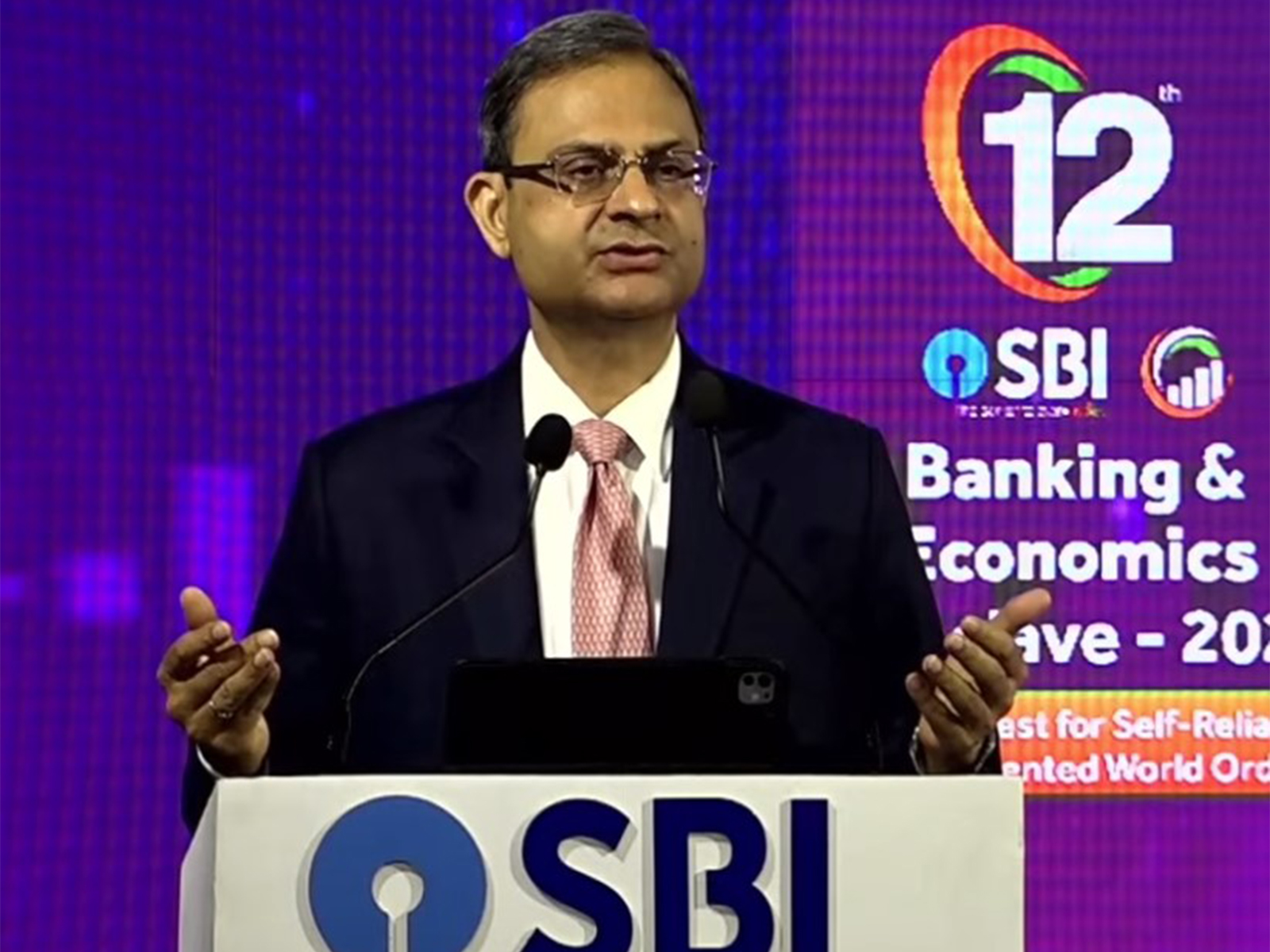Mumbai (Maharashtra) [India], November 7 (ANI): The State Bank of India (SBI) has transformed from being in loss in 2018 to now becoming a USD 100 billion company due to the regulatory and structural reforms implemented over the past decade by Reserve Bank of India (RBI), stated Governor Sanjay Malhotra.
Addressing the SBI Banking and Economics Conclave 2025 in Mumbai, Governor Malhotra said that the transformation of India’s banking sector was made possible by a strong regulatory framework and key policy measures introduced by the RBI and the government.
“The SBI Chairperson was just now mentioning, as we entered, that in 2018, they were in a loss. And today they are a USD 100 billion company,” he noted.
He emphasized that the introduction of the Insolvency and Bankruptcy Code (IBC) in 2016 and the resolution mechanisms established under the Pursuant Resolution Paradigm through out-of-court workout frameworks have fundamentally transformed India’s credit culture.
These measures, he said, encouraged greater discipline among borrowers and improved the quality of assets across the banking system.
He stated, “The introduction of the Insolvency and Bankruptcy Code (IBC) in 2016, and the resolution mechanisms established under the Pursuant Resolution Paradigm through out-of-court workout frameworks, have fundamentally transformed India’s credit culture.”
Malhotra also pointed out that major reforms were undertaken to strengthen both monetary and macroeconomic stability. These included the adoption of the flexible inflation targeting regime, the deepening of forex markets, and the gradual liberalization of the capital account.
Referring to the past challenges, the Governor said that during the time when India was categorized among the “fragile five” economies, the financial system faced significant stress.
However, guided by the principle of “never waste a good crisis,” the period from 2014 onwards led to a foundational restructuring to restore the long-term health of the system.
He explained that this transformation was driven by measures focused on recognition, resolution, and recapitalization of banks. The Asset Quality Review (AQR) initiated in 2015, compelled banks to recognize the true state of their loan books and bring hidden NPAs onto their balance sheets.
The Prompt Corrective Action (PCA) Framework further helped restore the health of weak banks.
In addition, the consolidation of 27 public sector banks into 12 by 2020, coupled with massive recapitalization programs, significantly strengthened balance sheets, enhanced capital buffers, and revived the capacity for healthy lending.
Governor Malhotra also outlined that the evolution of India’s financial system requires prudential rulebooks to evolve in a calibrated manner, as banks are now stronger, supervision more alert, and market-based risk transfer more effective. (ANI)
Disclaimer: This story is auto-generated from a syndicated feed of ANI; only the image & headline may have been reworked by News Services Division of World News Network Inc Ltd and Palghar News and Pune News and World News
HINDI, MARATHI, GUJARATI, TAMIL, TELUGU, BENGALI, KANNADA, ORIYA, PUNJABI, URDU, MALAYALAM
For more details and packages














